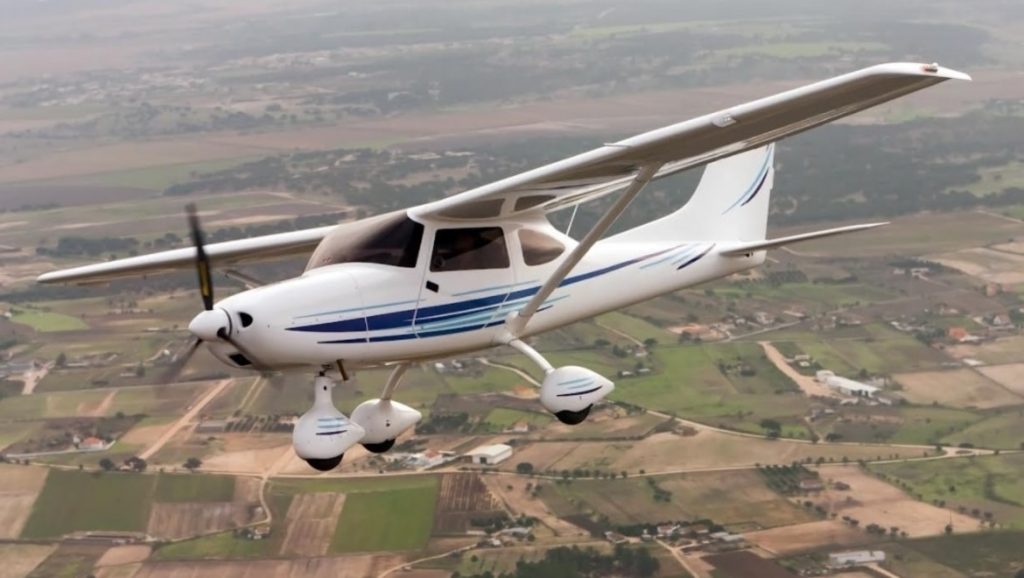Imagine it – no more rental fees. No more booking your time. Making your own flight plans. Having your own call sign. It’s every private pilot’s dream of owning their own aircraft and making a living from their passion. We also know that planes aren’t cheap. They cost a whole lot.
The Piper Cherokee Archer, even as used, can cost upwards of $630,000, which includes Garmin G1000NXi flight deck, ADS-B and all the trimmings. We’ve told you about how a group of students put together a BushCat 2209 and have it safely take off – but even that costs in the vicinity of $90,000.
If you’re planning to take to the skies full-time as a business, you need to look into specialist business finance – and that’s a chattel mortgage.
What is a chattel mortgage?
A chattel mortgage is a loan to purchase assets for business use (more than 50 per cent at least.) Like a normal loan, it’s tied to the asset (in this case a plane) and you pay it off in instalments. Chattel mortgages are flexible options, as aviation finance expert and Savvy Managing Director Bill Tsouvalas says, “In most cases, you can finance 100 per cent of the plane’s value – and beyond. This could fund your first month or two of hangar fees, insurance, and maintenance for example. It is designed as a cash flow neutral solution.”
Tax breaks and other advantages
Chattel mortgages have in-built tax breaks involved, making them even more attractive for business. Firstly, you can claim the GST on the purchase. You can also claim interest and depreciation up to the depreciation limit. “You may also be able to claim the instant asset write-off for a portion of the plane too,” Tsouvalas says.
Warning signs lenders look for
According to the US Aircraft Owners and Pilots Association, lenders may baulk on financing used aircraft if they’re not up to scratch. This might include missing or incomplete logs; higher than normal airframe hours; a craft that is close to or at the recommended Time Between Overhauls (TBO); has a history of damage; or is an obsolete or early model turbine aircraft.
If the aircraft is a clunker and barely scraped by its airworthiness inspection, it’s best to walk away and find a plane that is structurally sound, has fewer hours on the logs, and has less wear and tear. Ideally – you’d want to buy used.
“Some lenders may even offer lower interest rates for newer aircraft, as they have more confidence in the plane going the distance,” Tsouvalas says.
Doing your homework
You always need to do your due diligence – if you’re looking at used planes, inspect the logs and check the status on the Personal Property Securities Register, as it might be a write-off or have money owing. “Don’t just trust your bank with this type of finance either,” Tsouvalas says. Talk to a broker that has some experience in aviation finance and they can find specialist loans. It also helps if they offer aviation insurance at the same time – it can save you a lot of headaches!”
















Logan Levi
says:If you are looking to obtain some kind of financing for your flight. To fund or finance your airline pilot training, you generally have the following options, be accepted for a large bank loan, secured against a property to pay.